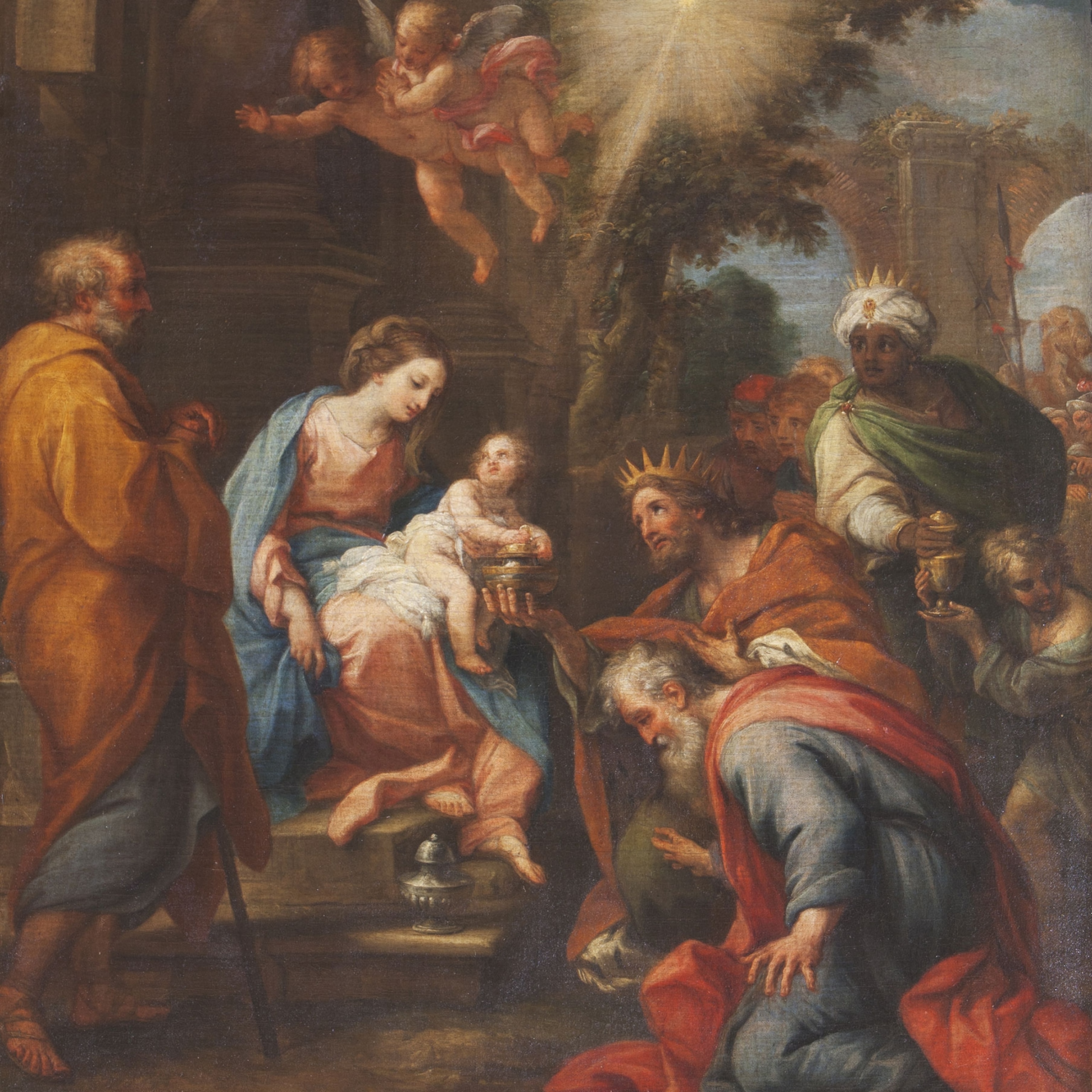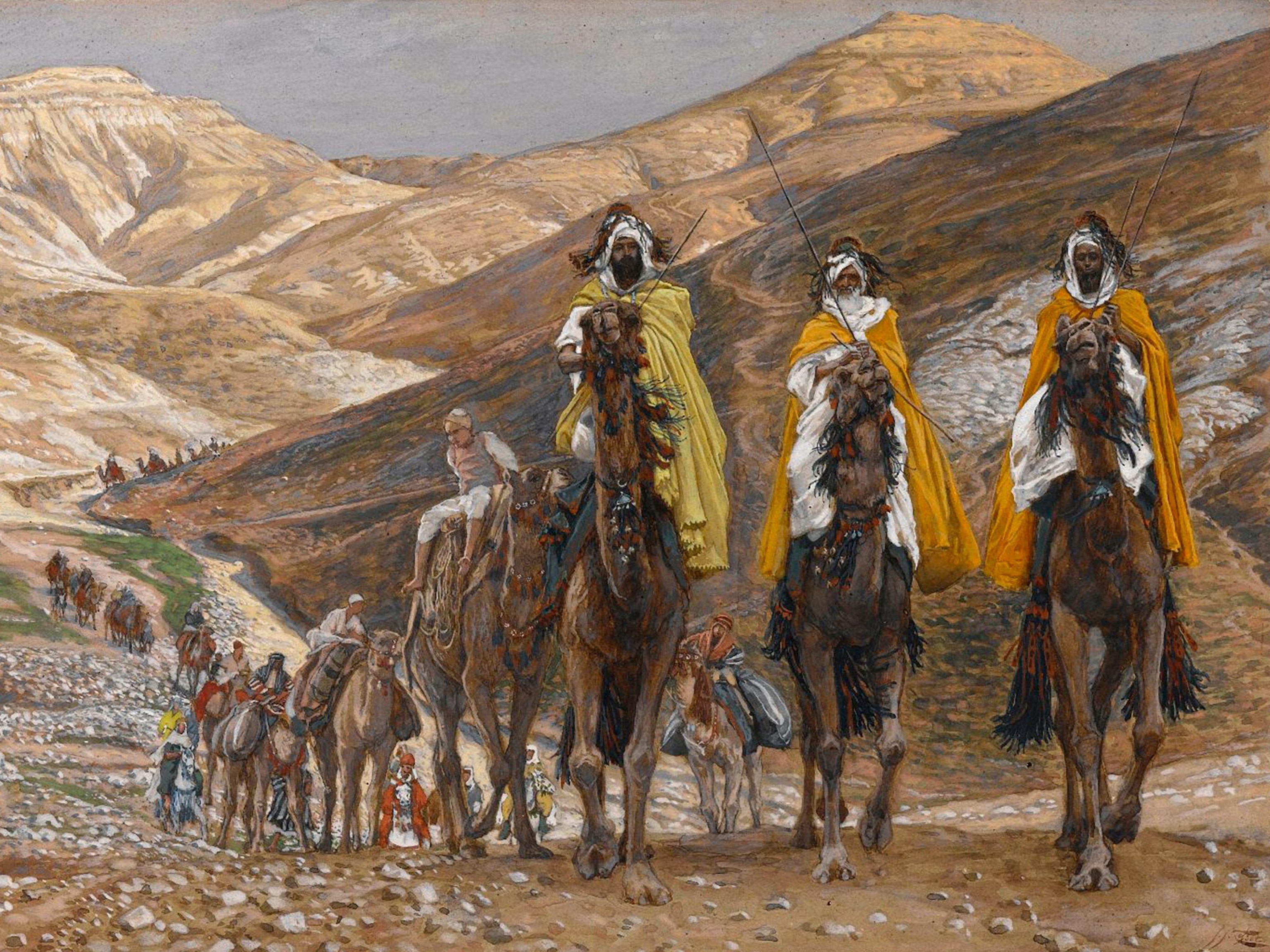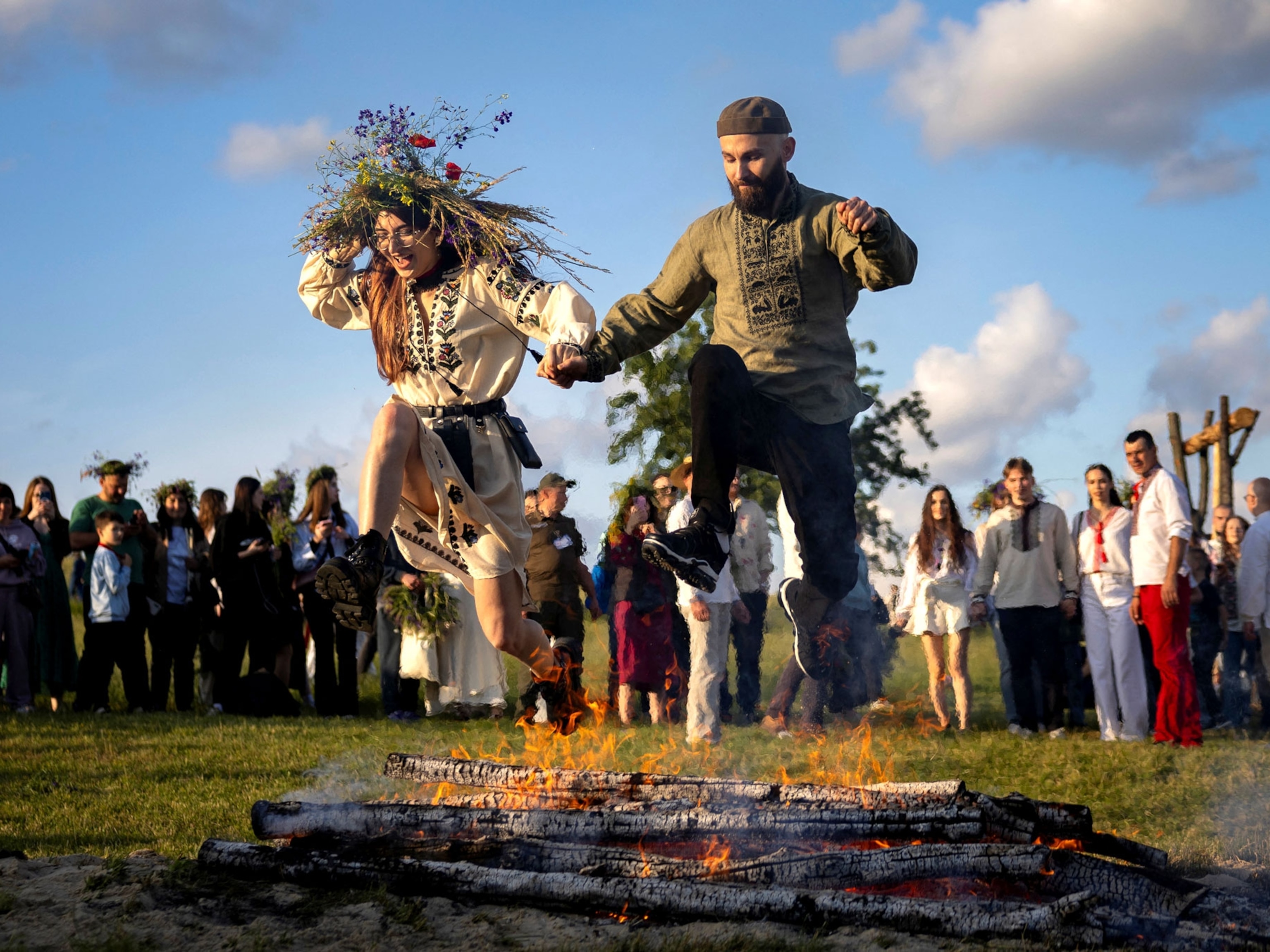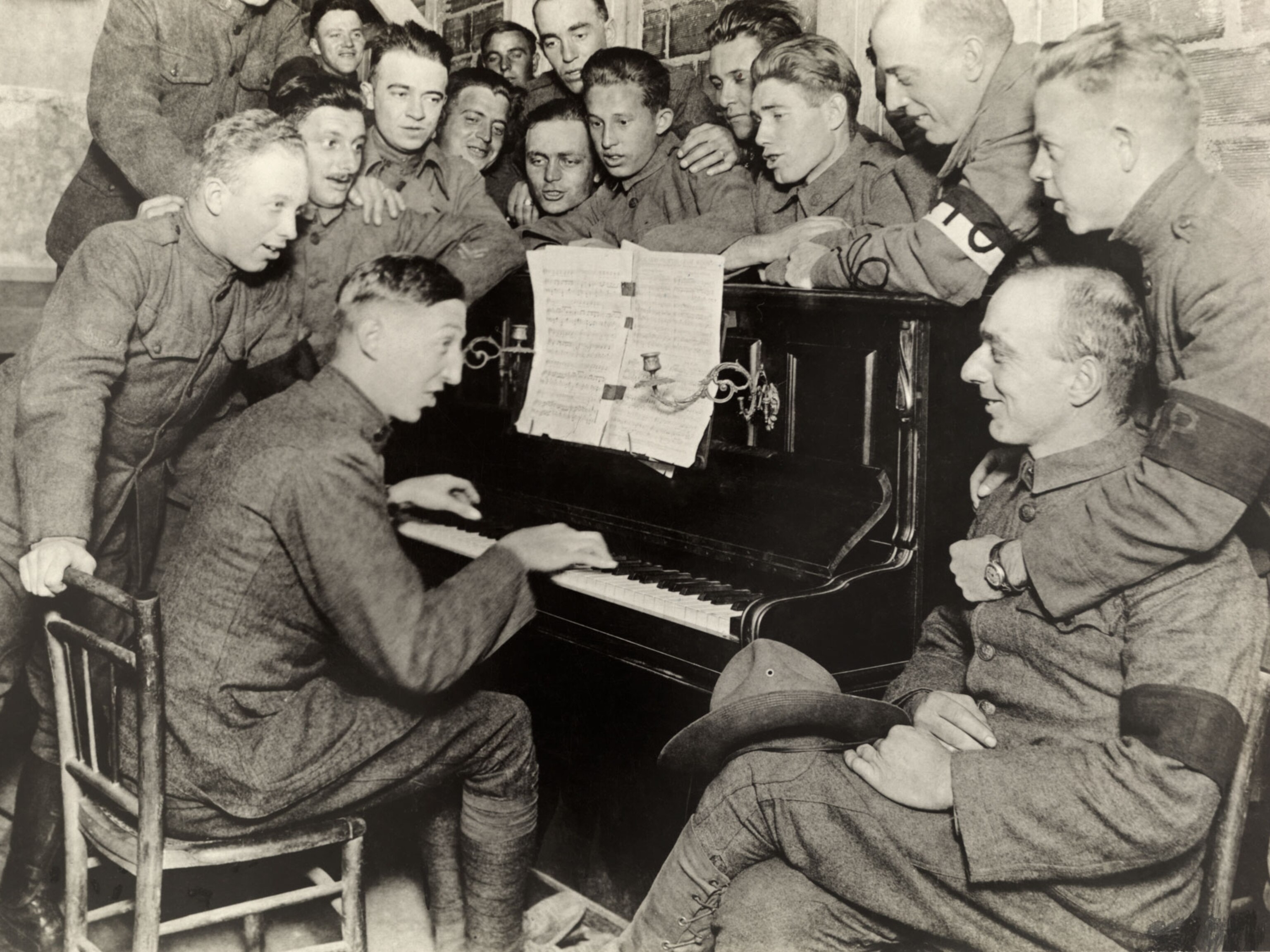
Easter Traditions: Bunnies, Eggs, Whippings, and Crucifixion
The Christian holiday has many customs from around the world.
The meaning of Easter is the same for Christians throughout the world—this holiest of holidays celebrates Christ's resurrection.
It's also a time when unusual traditions abound. The United States and other countries have the Easter bunny, a rabbit that carries a basket of decorated eggs and candy, and France has winged bells that fly to Rome to bring back sweets for lucky kids.
Other cultures have some Easter practices that range from the painful to the miraculous to the downright bizarre. (See how the world celebrates Easter in 15 spectacular photos.)
Crucifixion—For Real
The familiar Easter story is retold each year at churches, schools, and theaters across the Christian world—but some accounts of the Passion have become rather infamous.
In the Philippines, some cities host live crucifixions that draw thousands of onlookers to marvel at volunteers, a few of which are flogged during painful processionals and then actually nailed to a cross.
Why do they do it? Rolando Ocampo says in the below video that he owes a debt to his Lord for a prayer answered when his wife and baby daughter were near death on a delivery table. (Opinion: On Easter, Jesus' Evolution Tells of Changing America.)
"I told the Lord that if my wife would have a safe delivery, I would have myself crucified on Good Friday,” he says.
The two recovered, and Ocampo honors his debt each year. "From the time I undress and I lie on the cross, it's like Christ takes over my body," he says.
However, officials of the Catholic Church strongly discourage the practice.
Whipping and Drinking
In Slovakia, Easter Monday can get a little wet and wild.
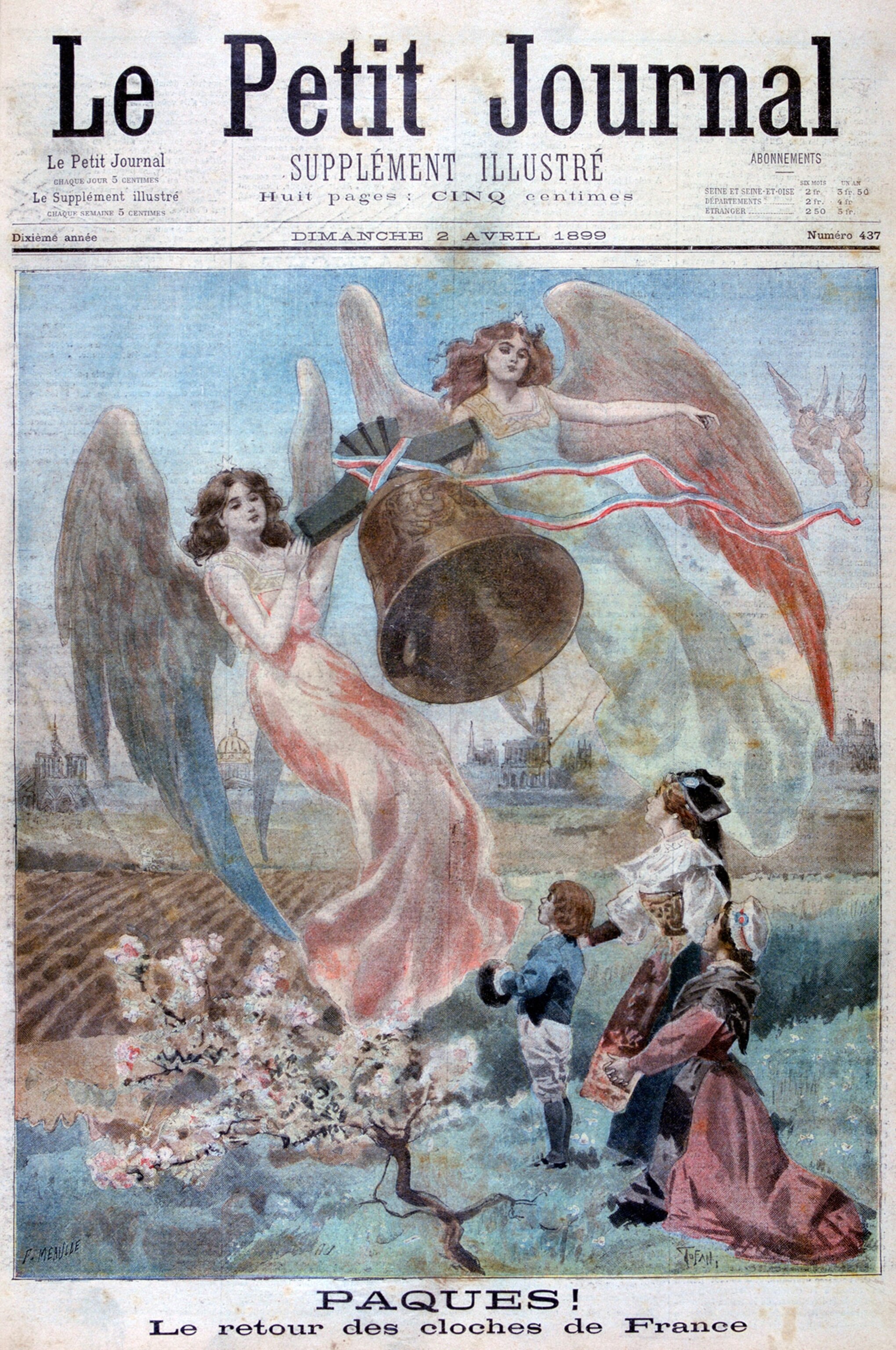
Historically, young women would entertain a procession of visiting male friends and family members, who douse them with cold water and lightly whip them with decorated willow branches.
Women, in turn, give their visitors eggs, food, and perhaps a drink of vodka. (See photos of celebrations for the first day of spring.)
This custom is linked to pre-Christian folk traditions welcoming the spring season and purifying the body and soul. There's a hint of courtship ritual in it as well, because it was hoped that the young twigs would transfer vitality—and fertility—to the women.
Modernization has ended this unique tradition in some areas and greatly watered it down in others.
Where women were once dunked in the river, they're now subjected to the use of a squirt gun or a perfume bottle, and whipping is often skipped altogether. The communist government's discouragement of religious rituals played a role in this, as did movement of rural peoples to cities where such provincial antics aren't in vogue.
Easter is for Criminals
Nothing says Easter like a good crime story—at least in Norway.
Norwegians devour Easter crime stories, or Påskekrim, like candy each year in the form of books, shows, and even cartoons adorning their favorite brands of milk cartons.
According to Visit Norway, the nation's official travel guide, this unique secular tradition dates back to 1923 and sprang from the hopes of two young and broke authors who needed their crime novel to strike gold.
On Palm Sunday of that year, the authors' publisher Gyldenal ran the book's title on the front page of the Aftenposten newspaper.
Most readers thought the advertisement for the book, Bergen Train Looted In the Night was news, not fiction. The resulting sensation not only sold many books, but launched the tradition linking Norwegian Easter with crime—one that's been happily embraced and embellished by publishers ever since.
“It's no coincidence that we have a major crime festival just ahead of Easter,” the current Gyldenal spokesperson Bjarne Buset told Visit Norway.
The Miracle of Holy Fire
On the day before Orthodox Easter, the faithful gather at Jerusalem's Church of the Holy Sepulchre, on the site where many believe Jesus was crucified, entombed, and resurrected, to see an annual miracle they believe has occurred for over 1,200 years.
Orthodox church leaders annually perform a ceremony in which they receive a flame that is said to form at Christ's tomb, and bring it forth to light candles that spread the flame—and the faith—among the audience. The flame is then taken by special airplane to Russia, Greece, and other countries across the Orthodox world. (See "These 12 Men Shaped Christianity—But Were They Real?")
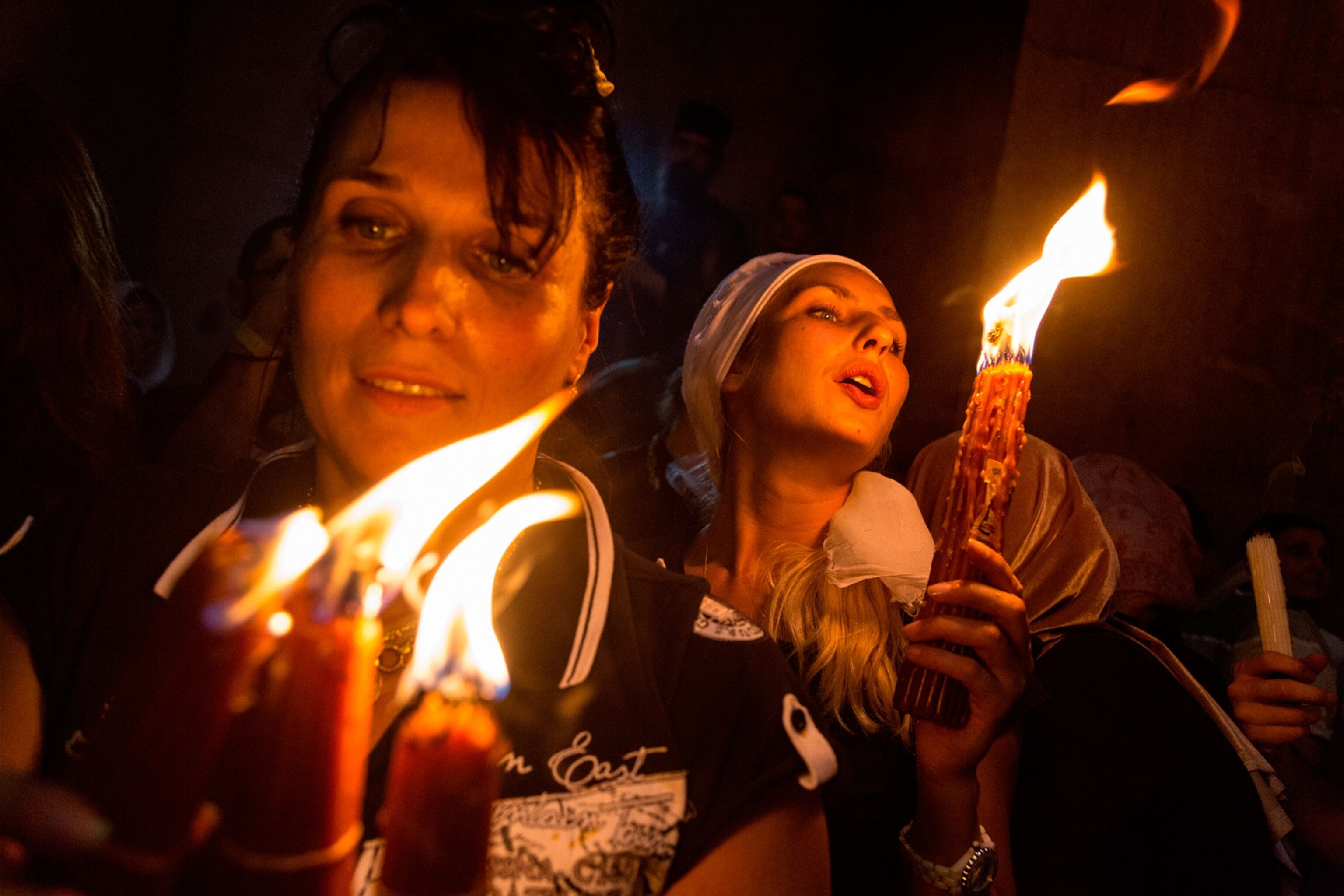
In Greece, “they read the Gospel, and when Christ is risen, they celebrate with the lighting of fire," says Father Mark Morozowich of the Catholic University of America in Washington, D.C.
"There are often fireworks or even guns going off, and they pass this fire around to everyone in the square signifying this new life of Christ.”
As with all miracles, the holy fire has always had its fair share of skeptics, including other Christians.
Easter Bunny Evolution
In many traditions, an Easter bunny doles out decorated eggs to children. Eggs have had an obvious, universal link to the season of rebirth since long before the Christian era.
“Rites of spring have been adapted into Easter practices, and the Church has adapted and cultures have have adapted to utilize these symbols and create new understanding,” notes Morozowich. (See 16 pictures celebrating spring.)
"The famous Ukrainian Easter eggs, for example, are eggs that Ukrainians have been making for millennia.”

The bunny bit is harder to pin down, though there's no doubt the rabbit is a symbol of fertility, and was long recognized as such in Europe.
By the 17th century, the first stories of the German "Easter hare," or Osterhase, laying and hiding eggs were off and running. The practice of abstaining from eggs during Lent, which created a surplus to be discovered and devoured on Easter, may have sparked them.
Melting Pot
Only once the tradition made it to the U.S. via German immigrants did the bunny take its familiar American form, often depicted as a human-size rabbit that delivers baskets of eggs plus chocolate and other candy on Easter morning.
It's an example of melting pot culture, says Pam Frese, an anthropologist at The College of Wooster.
"What we do is a mix, a combination of traditions from probably every kind of European immigrant we had, that's become uniquely American," Frese says.
The American bunny began to gain popular traction after the Civil War, with the rise of the nation's civil-religious holidays, and soon began to appear on cards.
“During the depression, for example, the bunny was often shown in factories where little animals were making the eggs for him to go out and deliver.”
Immigrants from new lands and faiths may alter the bunny tradition further as the years go by, Frese suggests. But however the bunny evolves, he'll always be true to his roots—whatever they may be.


